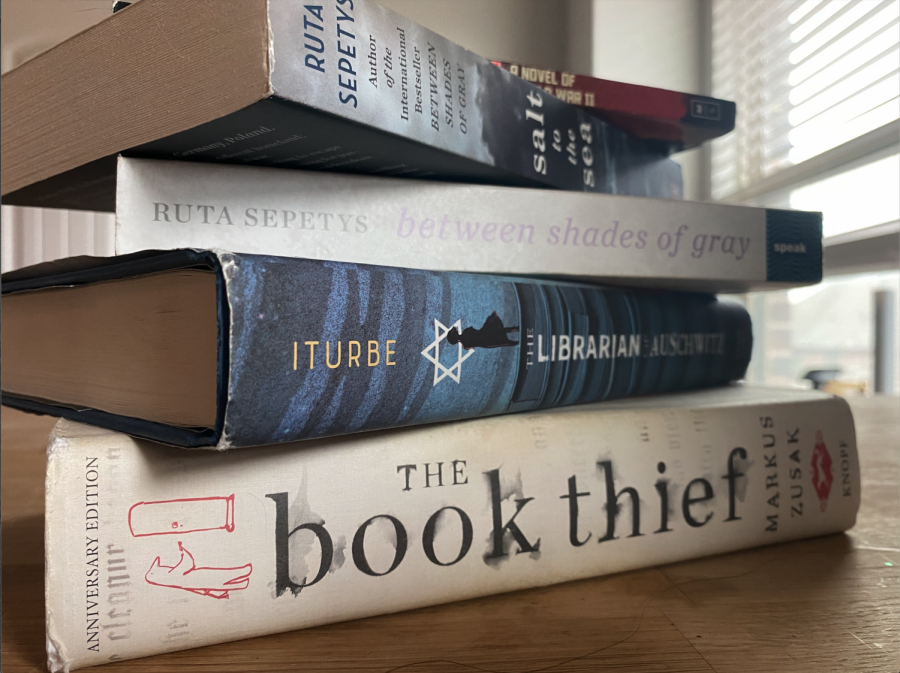Columnist remembers Holocaust tragedy through literature
A collection of historical fiction books sits on a desk. Columnist Gianna Ortner-Findlay reviews these books in the following article. “As a person whose Jewish great-grandparents on my father’s side fled from Germany to escape the Holocaust, I have always had an intrigue with World War II and the Holocaust,” she said. “These are just a few books that I would like to suggest to help remember the strong individuals who made it through the awful war and to hear the stories of those who didn’t.”
March 18, 2021
While Holocaust remembrance week is over, remembering World War II events year-round through literature is a way to connect to survivors’ stories.
As a person whose Jewish great-grandparents fled from Europe to escape the Holocaust, I have always had an intrigue with World War II and the Holocaust. These are just a few books that I would like to suggest to help remember the strong individuals who made it through the awful war and to hear the stories of those who didn’t.
The Book Thief
Synopsis
The Book Thief is a historical fiction novel written by author Markus Zusak and published in 2005. The book follows the story of a young girl named Liesel Meminger, as she is thrust from her home in the fictional town of Molching, Germany, to live with her foster parents, Hans and Rosa Huberman.
The book is told through a third-person lens and is narrated by Death. As she lives in Germany, she watches the horror of the Nazi regime around her as neighbors and friends are taken away.
As the war goes on and the power struggle continues in Germany, Liesel is taught how to read and write by Han and feels that the power of books and the written word is essential. As a result, she began to steal books from Nazi burning piles.
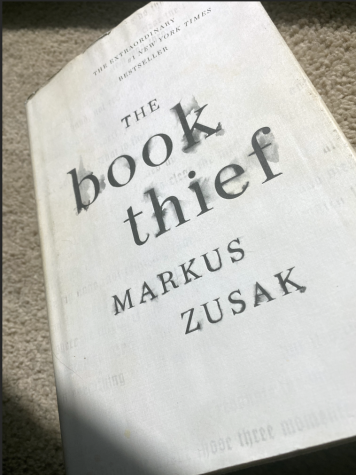
Because of the evolving political situation and a promise Han made many years ago, a young Jewish man named Max Vandenburg finds a home in the Hubermann’s basement where Liesel teaches Max how to read and write as Han has taught her.
As the war progresses, Liesl becomes closer and closer to danger as the Nazi regime retreats into itself and the pressures of hiding a Jewish man from persecution begin to mount.
Opinion
I loved this book. It kept me on my toes. The book was long but a worthy read. It tells the story through both a child and Death, seemingly opposites, in one of the darkest parts of history. In some schools, it is a mandatory read. However, I read this book for fun, and three days later, I finished the 584-page book.
While it is aching in its realness, The Book Thief is a good read to show the reality of being German and not supporting the Nazi regime and being Jewish during WWII.
It gives the reader a glimpse into a time that is tainted by hate.
The Librarian of Auschwitz
Synopsis
The Librarian of Auschwitz is a book written by Antonio Iturbe and translated by Lilit Žekulin Thwaites from the original Spanish edition. The book is classified as a young adult historical fiction novel, and the story is based on the real story of a young girl named Dita Kraus. This book was published in 2012.
The story follows the Adler family’s life and hardships, which includes Dita, her mother and her close friends. It also shows the progression of this story in Auschwitz-Birkenau through the perspective of multiple people in the camps. Narrators include Dr. Mengele, Fredy Hirsch, Rudy Rosenburg and many others that help tell the tale of Dita Kraus.
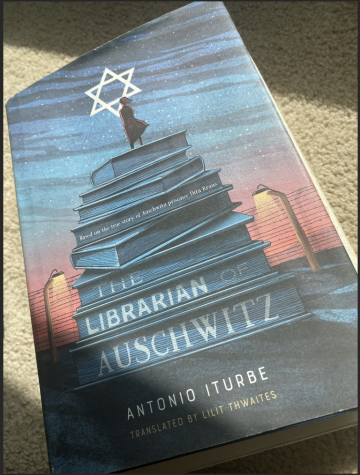
Dita was thirteen years old when she and her family were sent to the Terezin ghetto, where she met a few familiar faces that would follow her to Auschwitz. After spending a year in the ghetto, she and her family were sent to Auschwitz-Birkenau and placed in a death camp section known as the ‘family camp.’
Fredy Hirsch led this part of the camp. Hirsch started a somewhat school that was used as a way for the Nazis to hide what they were doing. Young prisoners would learn songs and perform plays.
Unbeknownst to the Nazi’s however, they were teaching the young children with real materials, using hidden books taken care of by the librarian, Dita Adler.
The story follows Adler’s life of fear and bravery as she lived in the Auschwitz camp and how the power of books saved her from losing her mind as the world around her began to crumble.
Opinion
I absolutely adored this book. It was such a raw glimpse into Auschwitz- Birkenau and the story of multiple people who lived in this horrible place and survived it.
One thing that made it different from the rest of the books that tell the stories of survival is that this book doesn’t end when they are liberated; the book ends by talking about the new life they’ve made for themselves. This book showed me an example of the power of literature, and I felt I mirrored the girl who felt so strongly about books.
It’s a heartbreaking story. It shows a true glimpse of a prisoner’s life in Auschwitz-Birkenau, with no hesitation.
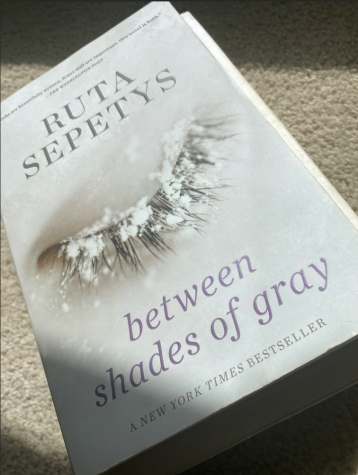
Between Shades of Gray
Synopsis
Between Shades of Gray by Ruta Sepetys is a young adult historical fiction novel based on the stories of survivors of the Soviet repressions in the Baltic states. The book was published in 2011. It follows the life of a young 15-year-old girl named Lina Vilkas.
The Vilkas family was made up of Lina, her mother, father and brother Jonas. Lina was a blooming artist, and they lived in the city of Kaunas, Lithuania. When the story starts at the beginning of WWII, they attempted to escape the worsening politics and Stalin’s iron grip.
In mid-June of 1941, however, Soviet secret police, known as the NKVD, began rounding up those in the town and carting them off in trucks, including the Vilkas.
These trucks would take the Lithuanians and other Baltic state residents to work camps where they were forced to dig up beets and potatoes. Stealing either of these vegetables resulted in severe punishment, usually death.
The Vilkas and others were shipped around the Baltic states to different camps before finally ending up in Siberia, one of the coldest places on earth, where the back half of the novel has them reside.
The story is one of hardships, sadness, and, despite the inhumane cruelty that they were subjected to, triumphs of the brave people who survived the repressions of the communist regime.
Opinion
This was the book I picked up at the beginning of my interest in WWII and remains one of my favorite novels to this date, almost six years after initially reading it.
Despite all of her trials, Lina remains hopeful and still keeps drawing, recording all of her interactions and those that can only live on in her memory, on paper or pieces of old bark.
She used her surroundings during all of these tragedies to give her strength to go on to live a life that honored those she met along the way.
In the wake of losing my great-grandfather on my mother’s side (when I first read it), it showed me a way to move on when you lost someone close to you and the strength and unity of art and writing.
This book was moving in many ways and will remain one of the best books I have ever read. It shows the reality of living under the hammer and sickle and broadened my eyes to the reality of persecution.
It showed me that one could be persecuted for simply existing, a lesson not easily forgotten.
Salt To The Sea, written by Ruta Sepetys
Synopsis
Another novel, written by Ruta Sepetys, Salt To The Sea, is a sort of sequel to the book Between Shades of Gray. However, it tells the tale of Lina’s cousin and several other characters who boarded the boat that would become the worst maritime disaster of all time, the German MV Willhelm Gustloff.
The historical fiction novel was published in 2016.
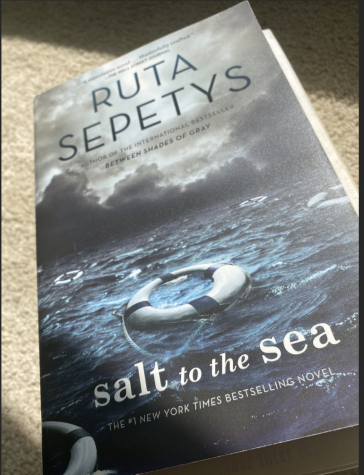
The story starts in East Prussia in 1945 and follows four teenagers from different countries trying to escape war-torn Europe, all for their own reasons.
Joana is dealing with the guilt of feeling that her letters to Lina about getting out were why her cousin (who she hasn’t heard from in years) is dead.
Emilia is a teenager who is assaulted by a Russian soldier and is running from the red army to avoid having her baby taken from her.
Florian is a restoration artist who is on the run after stealing from the infamous Amber Room, a world-famous decorated chamber stolen by the Nazis, never to be found again.
Alfred is a Nazi who has a guilty conscience for what he’s done and had to do for the sake of the Reich.
As the story goes on, they meet each other in a large group of refugees, they attempt to board one of the evacuation ships called the MV Willhelm Gustloff. On their adventure, the refugees Joana, Emilia and Florian, meet Alfred who is their only hope for getting tickets onto the boat.
After the ship’s take-off, Russian torpedoes hit the Willhelm Gustloff, and the ship begins to think, causing thousands to die, and the story follows the attempted survival of our four teenagers.
The story ends with a glimpse into the future of those who survived the worst maritime disaster in the world’s history.
Opinion
This book was a whirlwind, and it was well worth the read. There are twists and turns, and the way you think it’s going is not the way it ends up.
It was a beautiful read and enlightened me about the worst maritime disaster in the world. After never even hearing about the sinking of the Wilhelm Gustloff, I became immediately fascinated by the ship, and why such a tragedy would go unnoticed.
This book showcased that sometimes the worst things in history are hidden with no effort at all.


